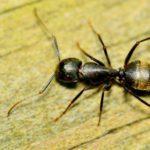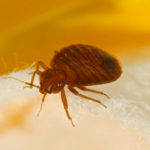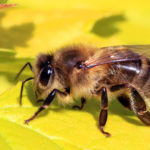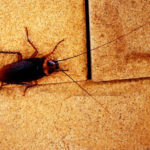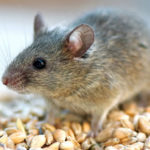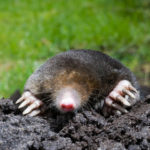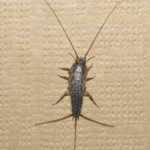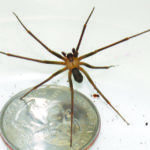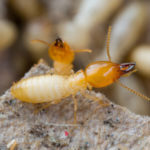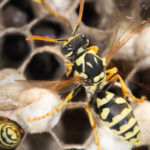Moles, Voles
Moles and Voles
The biggest difference between moles and voles is the type of damage they cause.
Information:
The biggest difference between moles and voles is the type of damage they cause. Moles are insectivores, and their primary diet is earthworms with a few grubs and insects tossed in as appetizers. They don’t eat plants, and so their landscape carnage is really the incidental damage of tunnels and runways dug in lawns while on the never-ending search for more worms.
Voles, on the other hand, are plant-eaters. They feed on grass and perennial-flower roots, they’ll eat seeds and bulbs, and especially in winter when other foods are scarce, they’ll even girdle the bark off trees and shrubs. Meadow voles also make networks of surface tunnels across the lawn under the snow cover of winter when they venture out into open spaces that they’d avoid in the growing season. With the help of a little grass seed and/or patience, this damage is fairly easy to fix.
Moles are seldom seen because they live and feed underground. They”re gray to dark brown in color, about 6 to 7 inches long and most distinguishable by their long noses and paddled, webbed front feet are perfect for tunnel excavation. They have no visible ears either. Those paddled front paws allow moles to dig tunnels at a rate of 1 foot per minute.
Being voracious feeders that eat quantities nearly equal to their body weight every day, moles are constantly tunneling in search of meals. It’s this action that pushes up mini mountain ranges all over the lawn. Sometimes moles come up higher and create volcanoes of soil in random spots. On a good day (for the mole, not the lawn-owner), a hard-working mole can dig 100 feet of new tunnels. That’s a lot of damage.
Voles are prolific reproducers that can quickly colonize an area. To make up for a short life span of 16 months or less, voles can go from impregnation to baby-delivery in 21 days- cranking out three to six young at a time and up to 30 offspring per year. Because voles reproduce quickly, eat so many things and are pretty good at staying out of sight, they can do a lot of damage.
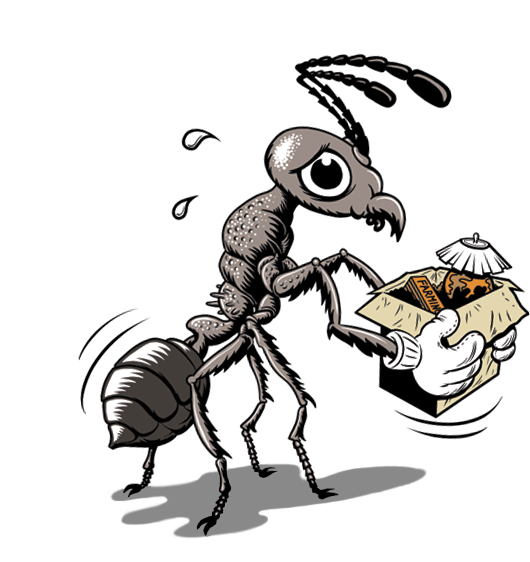
Critters
bothering you?
Set the move-out date for your pests today by calling Northwest Pest Control!
